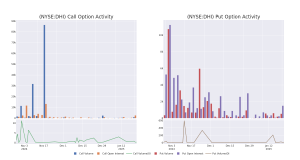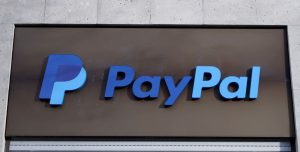The S&P 500 is the most widely recognized stock market index in the U.S., consisting of the 500 largest companies in the country. Given the extensive reach of its member companies, it’s considered by many to be the most reliable gauge of overall stock market performance. To be included in the S&P 500, a company must meet the following prerequisites:
-
Be based in the U.S.
-
Have a market cap of at least $18 billion
-
Be highly liquid
-
A minimum of 50% of its outstanding shares must be available for trading
-
Must be profitable on a generally accepted accounting principles (GAAP) basis in its most recent quarter
-
In aggregate, must be profitable over the preceding four quarters
Palo Alto Networks (NASDAQ: PANW) has been a member of the S&P 500 since June 2023, but the cybersecurity specialist recently announced a 2-for-1 forward stock split. This is typically the purview of a company with years of strong operating and financial results, and Palo Alto fits the bill. Since its initial public offering (IPO) in mid-2012, Palo Alto shares have soared 2,080% as the company has been a key player in the evolving cybersecurity market. Those results aren’t relegated to the distant past either. Over the past five years, Palo Alto stock has surged 368% (as of this writing).
Start Your Mornings Smarter! Wake up with Breakfast news in your inbox every market day. Sign Up For Free »
Despite its impressive gains, many on Wall Street believe there’s a long runway ahead. Let’s look at what’s driving Palo Alto’s current success and what the future holds.
Palo Alto has long been known for its disruptive innovations in the cybersecurity field. However, it’s the company’s more recent history that should be of interest to investors. In an effort to dissuade customers from using a patchwork of one-off solutions, Palo Alto made a bold move earlier this year that shook the industry in what amounted to a major strategy shift.
One of the biggest roadblocks customers face in adopting a single security platform is their use of multiple providers with an assortment of contractual end dates — which sometimes prevents them from switching to a unified vendor. To overcome those challenges, Palo Alto offered customers free services in order to consolidate their services to one of its security platforms.
Management noted that the lifetime value of customers who used two of its platforms was more than 5 times that of those on a single platform, a figure that jumps to 40 times larger for customers on three platforms. By offering to “pay” for customers to make the switch and taking a short-term financial hit, Palo Alto is laying the foundation for a much more profitable future. While investors were initially skeptical, the company’s growth has rebounded quicker than investors expected.


